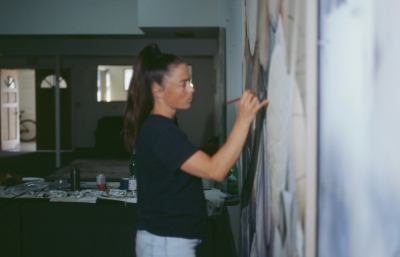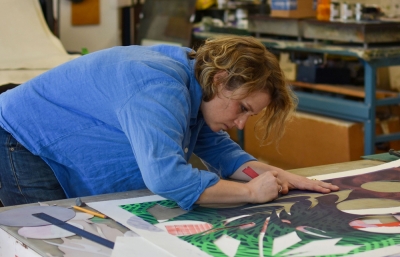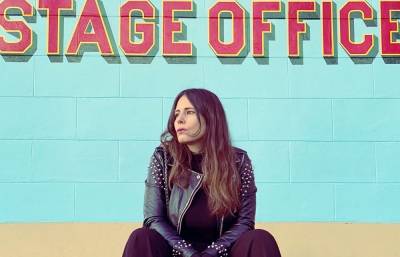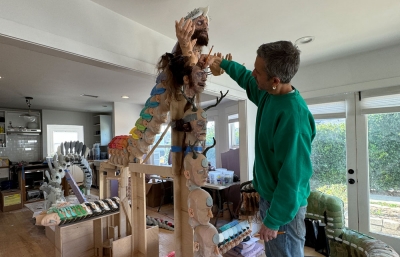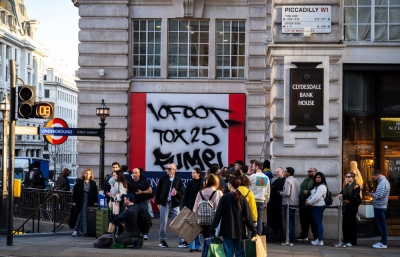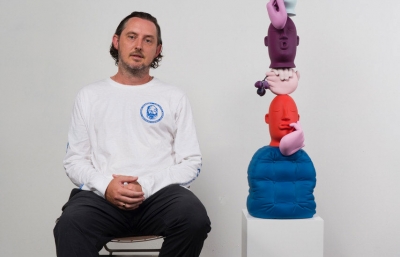When MF Doom released Operation: Doomsday in 1999 (and the split EP with MF Grimm on Brick Records), the record’s complex significance blew my mind. It demanded my scrutiny. I came to think of the MF Doom character and Operation: Doomsday as an alchemical equation that solved the twin tragedies of losing his brother and closest collaborator, as well as having their record, Black Bastards, killed by Elektra Records. Surely KMD would have received big fame if they hadn’t caught the stray bullet of cultural racism. And yet, without such affront, the circumstances that birthed the Supervillain would have been otherwise.
Honestly, I was flummoxed by the un-orchestrate-able coincidence involved with MF Doom’s creation. A Marvel Comics character, the super scientist Victor Von Doom, blew up his face attempting to resurrect his dead mother. The 2x trauma ultimately birthed the masked evil genius, Dr. Doom. Daniel Dumile, called Doom since youth, experienced his own two concurrent, real life losses and the further hardship that ushered the genesis of MF Doom. In a feat of prestidigitation, Dr. Doom was laced with hoodie straps to create the guise of MF Doom, which produced the feel of an illusion performed right before our eyes, both impossible and inevitable. And in doing so, elevated the comics of my youth to archetypal significance.
MF Doom made Doomsday to embody all that’s caught up in the complex experience of being human and living life. He had, through his art, a knack for crystalizing the duality of joy and sorrow, of committing transcendent and dastardly acts, all embedded in a running joke with himself. Doom was jamming the signal. Calling out the world and music industry from the far-reaches of the cultural sphere in the coldest manner imaginable.
Doom trading verses with himself as both MF Doom and King Ghidra took the idea of alter-ego to new heights. Doom rejected choruses, hooks, sample clearances and coherence in favor of a raw, grimy internal logic, an artist with more than half a dozen aliases inherently throwing shade at mainstream appeal. Listening to his not-watered-down, undiluted, encoded and multi-layered storytelling, I felt inspired and creatively validated. I thought of my work as stream-of-consciousness fictional-autobiography. My drawing-paintings loved the periphery of the paper, avoided the center and anything that smacked of a simple illustration. Being in graduate school at Stanford at the time, I felt flack for identifying my intuitively-driven work as stream-of-consciousness. Doom vindicated me, revealing the higher-functioning cognition of non-sequitur tangential storytelling.
Creating art for Doom was effortless. Big thanks to Jeff Jank for thinking of me when Doom recruited him for the MM.. FOOD cover. I lived and breathed Marvel Comics as a kid, watched double-feature Godzilla movies on UHF Channel 38, saw Wild Style in the theatre in 1983. I was primed and ready! I’d studied Doom, he’d inspired my drawn and painted worlds to spiral inwards. My art was unhinged, talking to itself more and more, looking for a good joke and adding tangents to the marginalia. More and more, the alleyways and rooftops were populated with masked characters and versions of Doom.
My personal mandate was to craft Doom a little differently each time. You know you can’t pigeonhole the Supervillain. MM.. FOOD front and back cover, Hoe Cakes 12”, The Dime Box and the Doomsday reissue with the trading card set. During each project I had Doom on repeat and inscribed lyrics in the margins. I wanted layers to unfold in the image the way it happened in the music. Look closely at the back of MM.. FOOD and you’ll see the tin can is “Dunny Brand.” Tiny letters on a building say, “We’re All the Same,” a line Paul Barman raps on “Hot Guacamole.” The filet cooks by Sterno flame, precisely the kind of cultural artifact Doom might have referenced in a rap, but didn’t to my knowledge.
Daniel Dumile—just like Marcel Duchamp—wielded a hard-earned, yet casual, sleight-of-hand that changed art indelibly. And that’s that. —Jason Jägel
This article appears in the Spring 2021 Quarterly edition






